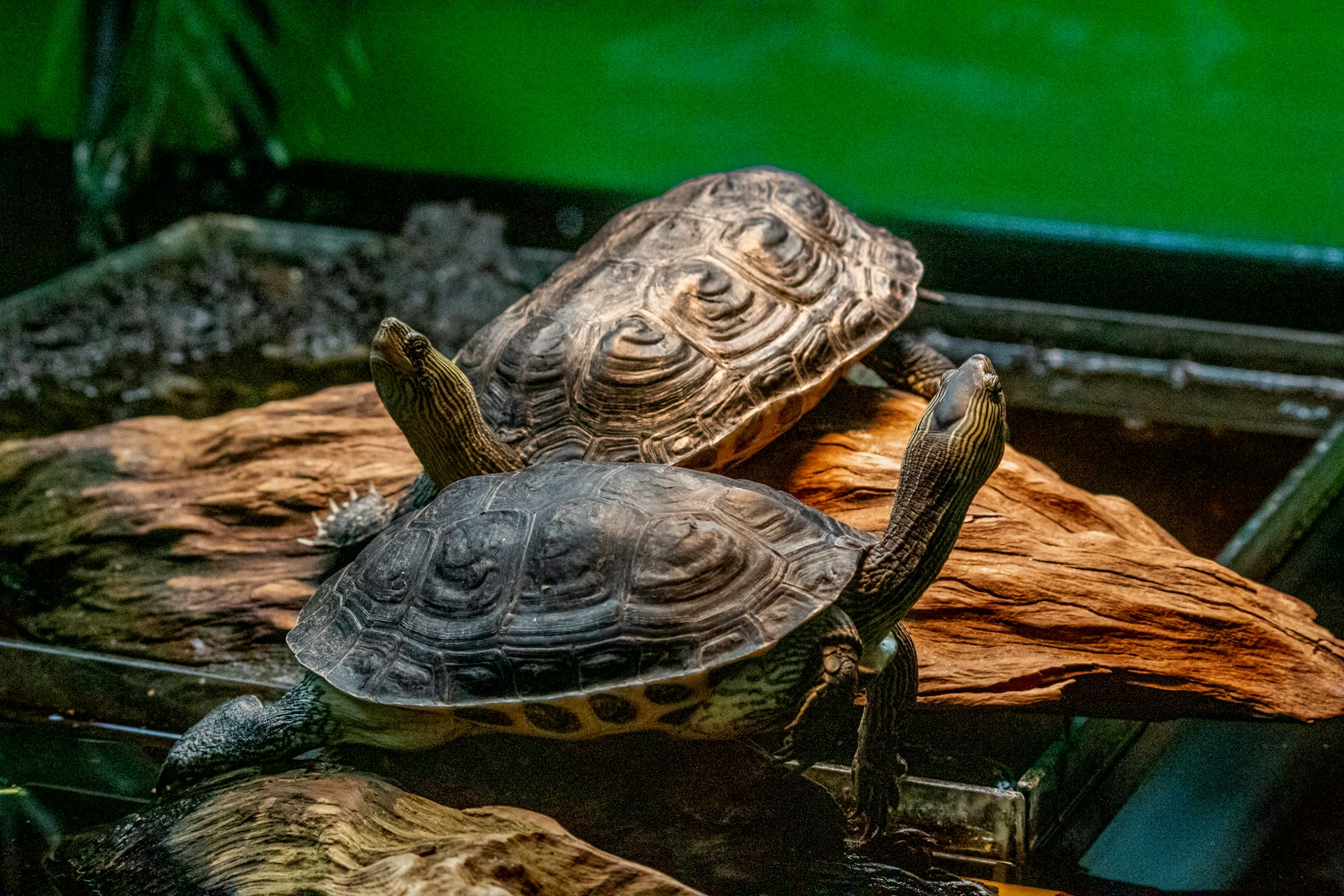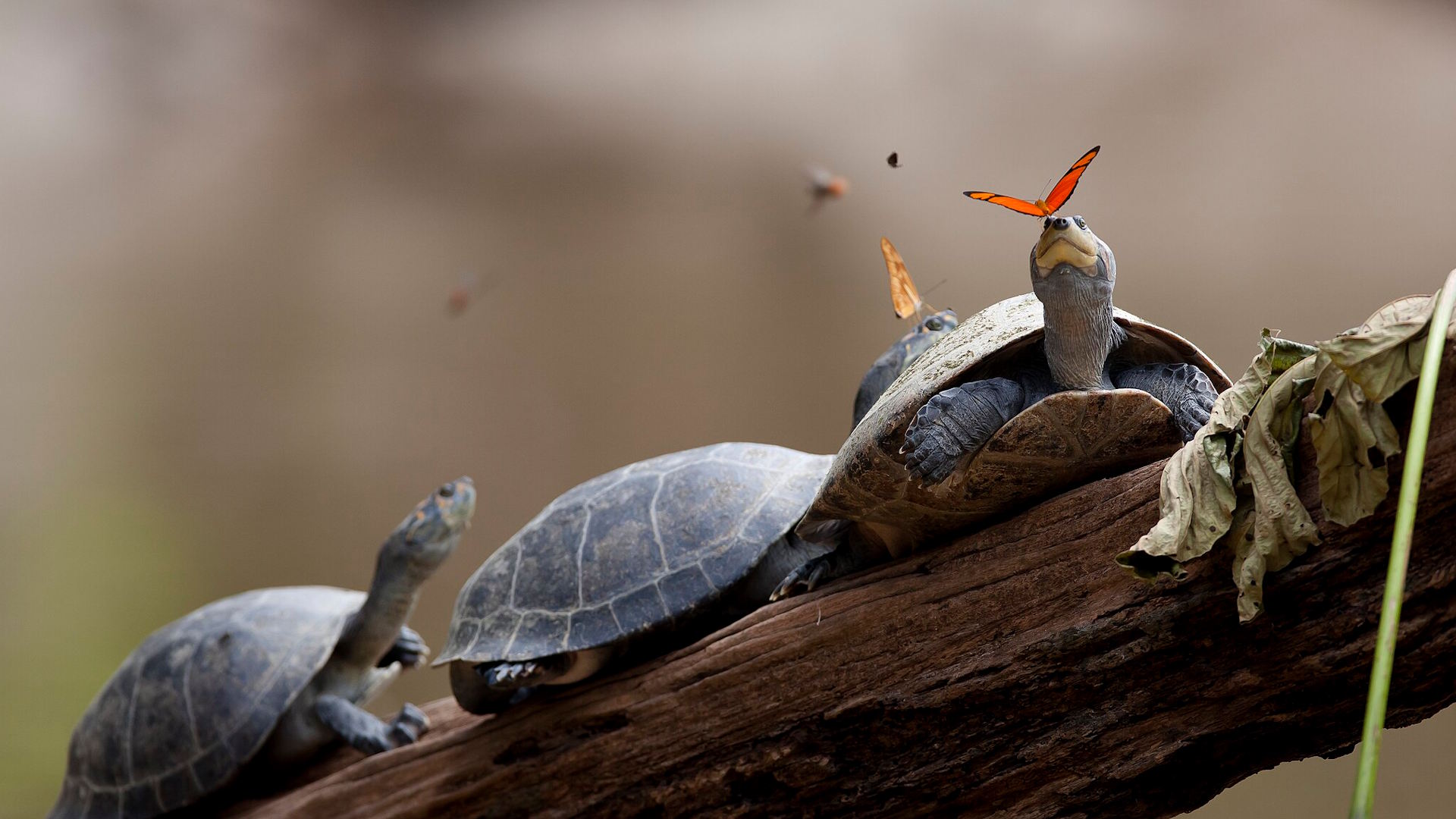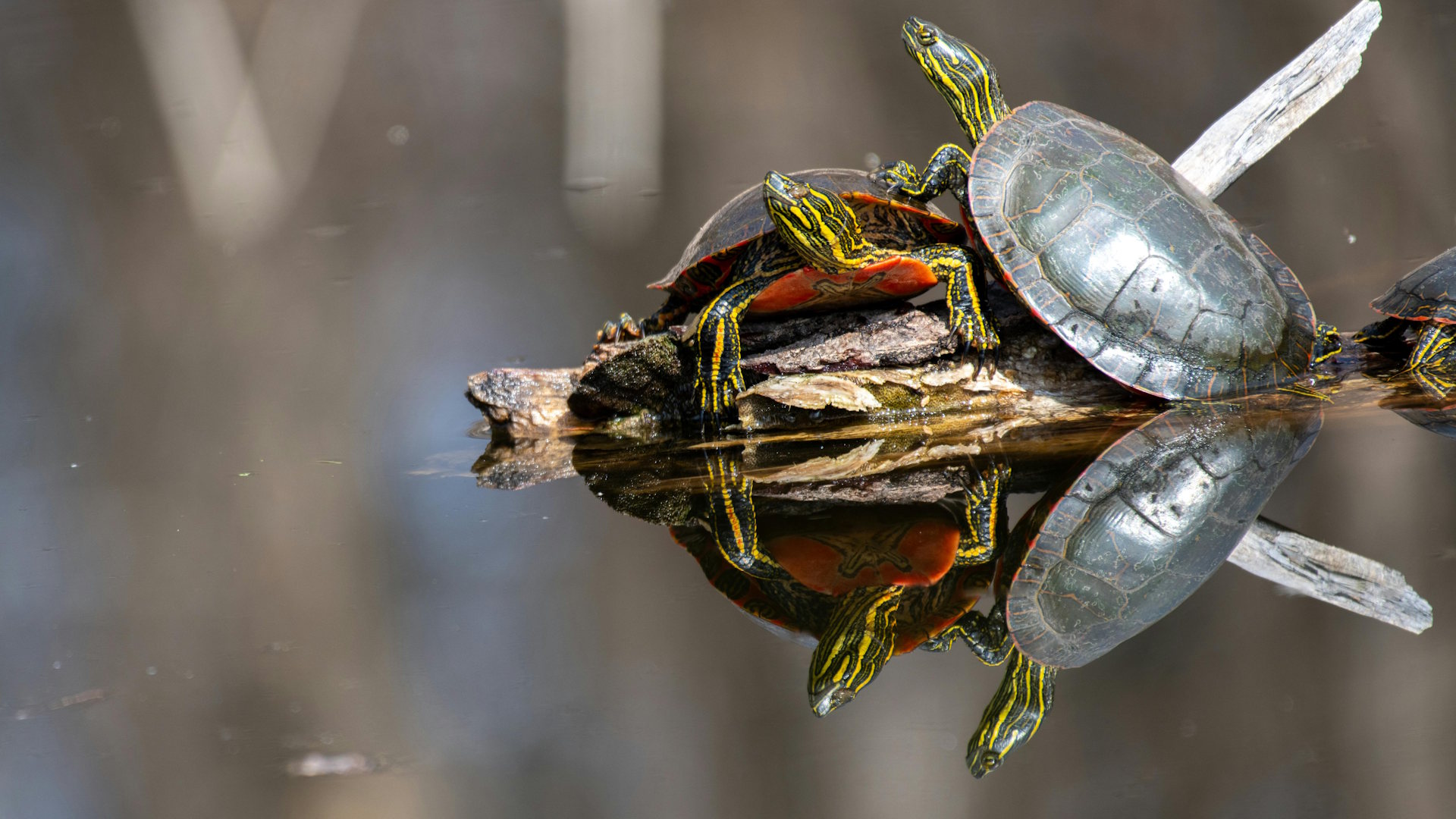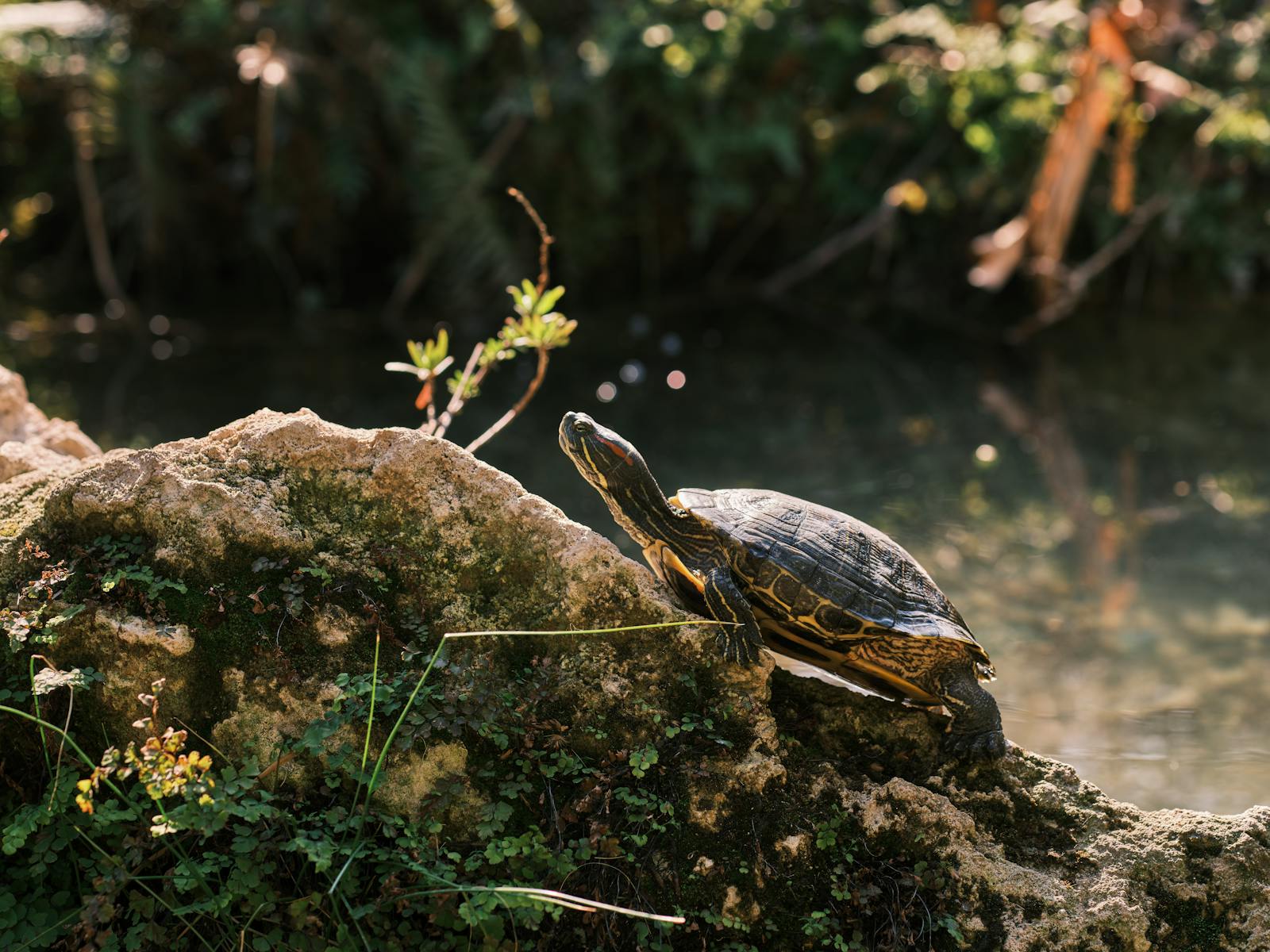Turtles, those seemingly stoic creatures with their protective shells and deliberate movements, offer a unique kind of companionship that differs dramatically from the affection we receive from dogs or cats. Among the most fascinating behaviors to observe in pet turtles is basking—when they climb onto a dry surface to soak up warmth and UV rays. This simple act provides not just essential health benefits for your shelled friend, but creates meaningful bonding opportunities that many turtle owners have come to cherish. The quiet moments spent watching your turtle bask can transform into a peaceful ritual that strengthens your connection and deepens your understanding of these ancient reptiles. In this article, we’ll explore how these basking sessions can become precious bonding moments and why they matter in the relationship between turtles and their human caretakers.
Understanding Basking Behavior

Basking is a fundamental behavior that serves multiple crucial purposes in a turtle’s life. When your turtle climbs onto that rock or platform and stretches out under the heat lamp, they’re engaging in a practice that helps regulate their body temperature—an essential activity for these ectothermic (cold-blooded) creatures. Beyond temperature regulation, basking helps turtles synthesize vitamin D, which enables calcium absorption for shell and bone health. It also helps dry their shells, preventing fungal infections and algae growth that could compromise their health. Understanding this behavior gives you insight into your turtle’s biological needs and helps you appreciate how your careful habitat setup directly supports their wellbeing.
Creating the Perfect Basking Area
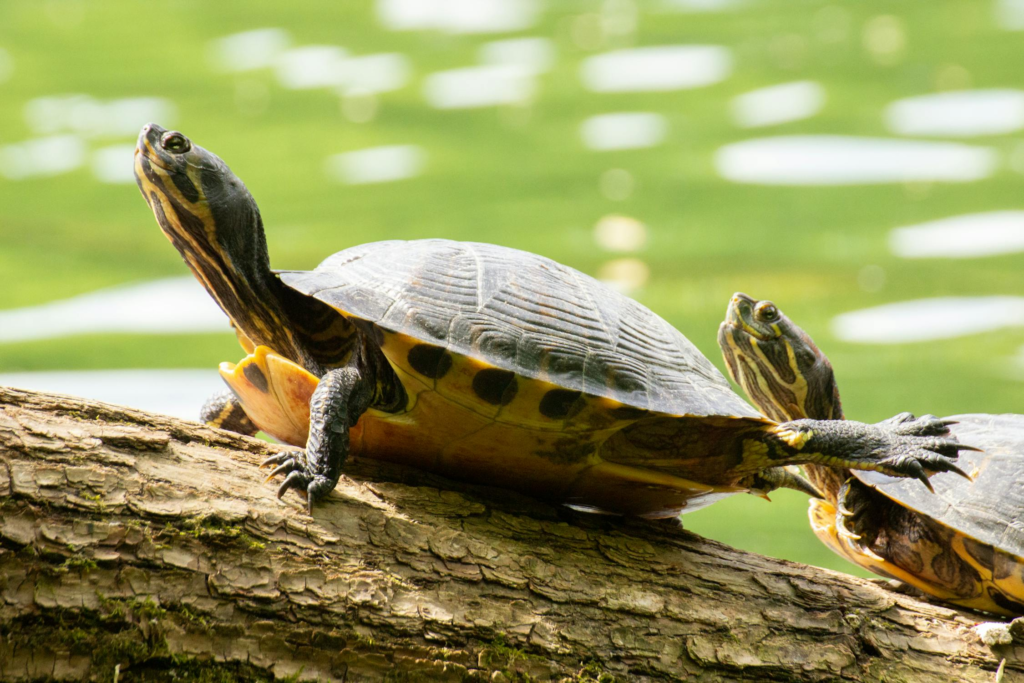
A well-designed basking area significantly impacts your turtle’s health and your ability to enjoy watching them. The ideal setup includes a stable platform that rises above water level, allowing your turtle to completely emerge and dry off. Position heat and UVB lamps about 10-12 inches above this area to create a temperature gradient that lets your turtle thermoregulate effectively—typically maintaining the basking spot between 85-95°F (29-35°C), depending on your turtle species. Many turtle enthusiasts find that natural-looking platforms, such as floating docks or carefully arranged stone structures, not only enhance the aesthetic appeal of the habitat but also provide more comfortable and secure basking spots that encourage longer, more observable sessions. Remember that the placement of your turtle’s habitat within your home should allow you to easily view the basking area without causing your pet undue stress from constant close approaches.
Reading Your Turtle’s Body Language
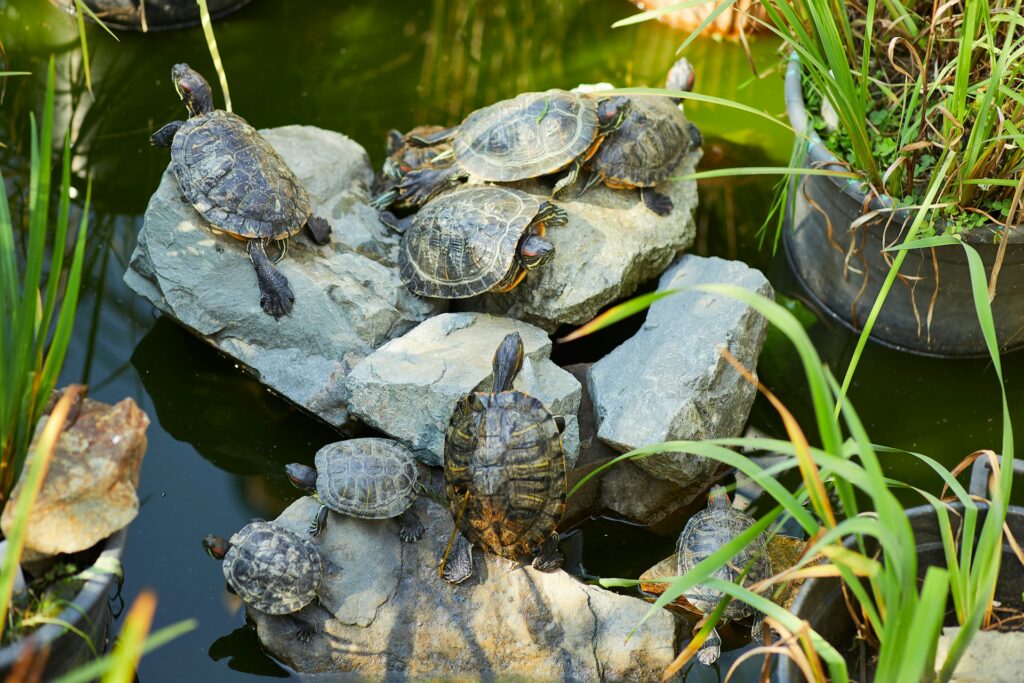
While basking, turtles communicate their comfort and needs through subtle body language cues that attentive owners can learn to interpret. A content turtle typically stretches out their limbs fully, sometimes with legs splayed to maximize sun exposure, and may close their eyes in what appears to be a state of blissful relaxation. If your turtle frequently adjusts position or remains unusually alert while basking, they might be uncomfortable with the temperature or feeling insecure in their environment. Some turtles will extend their necks upward toward heat sources to regulate exactly how much warmth they receive. With regular observation, you’ll begin noticing your turtle’s unique basking patterns—perhaps they prefer morning sessions, have favorite basking spots, or display distinctive stretching routines that become both endearing and informative about their current state of wellbeing.
Establishing Trust Through Observation

Regular, non-intrusive observation during basking sessions helps establish a foundation of trust between you and your turtle. Unlike mammals that may seek direct interaction, turtles build comfort with their caretakers primarily through consistent, respectful presence. When you quietly observe without constantly handling or disturbing your turtle, you communicate that you respect their space and natural behaviors. Over time, many turtle owners notice their pets become less reactive to their presence during basking—no longer immediately retreating to the water when approached. This growing comfort creates opportunities for more subtle interactions and demonstrates your turtle’s increasing trust. Some owners even report their turtles eventually recognizing them and remaining calm during basking even when their humans move about nearby, a significant achievement in the turtle-human relationship.
The Meditative Benefits for Owners

Watching your turtle bask offers unexpected therapeutic benefits that many owners come to treasure as much as the bonding experience itself. The unhurried nature of turtle behavior invites a meditative state of mind, encouraging owners to slow down and practice mindfulness in our otherwise hectic lives. The rhythmic breathing of a basking turtle, combined with their complete embodiment of the present moment, can serve as a living reminder to reduce anxiety and appreciate stillness. Many turtle enthusiasts report setting aside specific times in their day—perhaps with morning coffee or during an evening wind-down routine—to simply sit and observe their turtles basking, finding that these moments become treasured rituals that reduce stress and improve mental well-being. This shared quiet time creates a unique form of companionship that differs dramatically from more active pets but offers its own profound rewards.
Recognizing Individual Preferences and Patterns
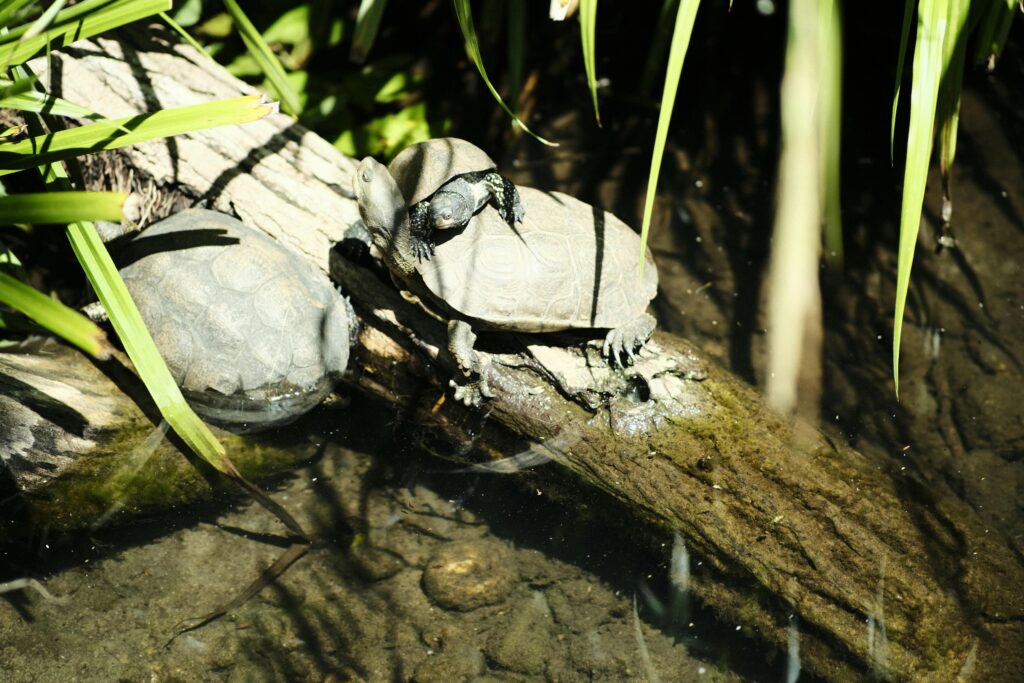
Each turtle develops unique basking habits that observant owners come to recognize and appreciate as part of their pet’s distinct personality. Some turtles are morning baskers, climbing onto their platforms with the day’s first light, while others prefer afternoon sessions when their habitat has warmed. You might notice your turtle has preferred positions—perhaps they consistently face a certain direction or favor particular spots on their basking platform. These patterns often reflect your turtle’s comfort level, response to micro-environments within their habitat, or individual temperature preferences. By documenting these patterns through photos or notes, you not only deepen your understanding of your specific turtle but also gain valuable information about their health and well-being. Changes in established basking routines can serve as early indicators of potential health issues, making your observational bonding time both emotionally rewarding and practically valuable for your pet’s care.
Using Basking Time for Health Assessments
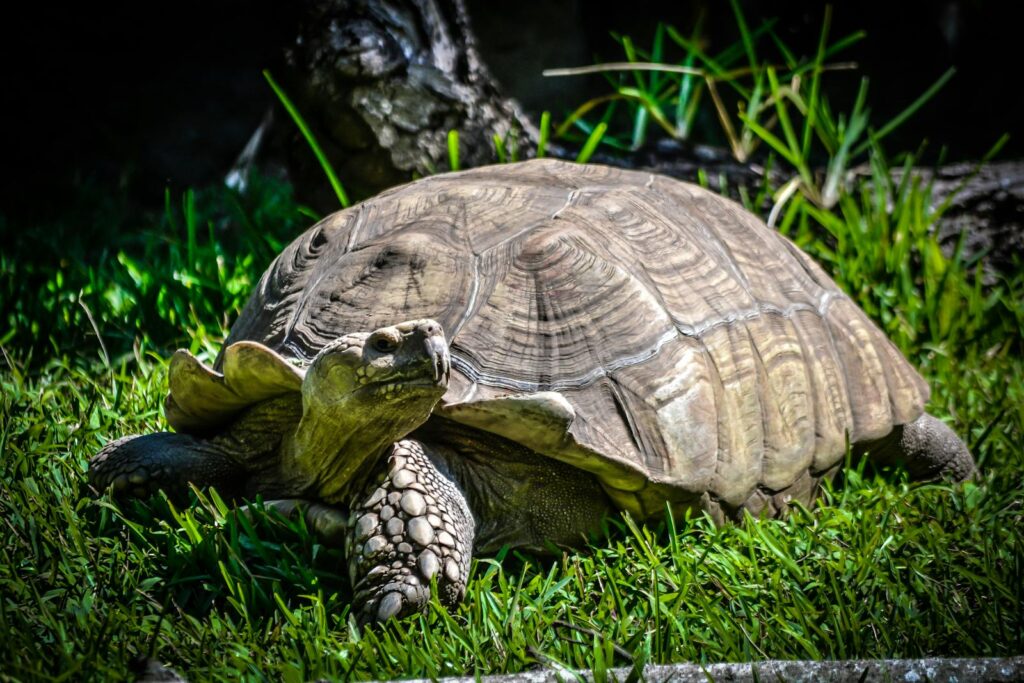
Basking sessions provide perfect opportunities for visual health checks without the stress of handling your turtle. As your pet relaxes under the heat lamp, you can carefully observe their shell for abnormalities such as soft spots, unusual growth patterns, or discoloration that might indicate health concerns. The extended limbs and exposed skin during basking allow you to check for injuries, swelling, or skin issues that might otherwise remain hidden when your turtle is swimming or withdrawn into their shell. Many experienced turtle keepers keep a small notebook nearby to document observations about their pet’s appearance during basking, creating a valuable health record that can help identify gradual changes over time. This observational approach to health monitoring strengthens your bond by making routine health assessments part of your shared quiet time rather than stressful handling sessions.
Social Basking in Multi-Turtle Households

If you care for multiple turtles, basking time reveals fascinating social dynamics that add another dimension to your observation experience. Contrary to the solitary reputation turtles sometimes have, many species develop complex social hierarchies that become particularly evident during basking. You might notice certain turtles consistently claiming prime spots on the basking platform while others wait their turn or settle for less optimal positions. Some turtles demonstrate remarkable tolerance, basking in physical contact with tankmates, while others require personal space and may even defend their preferred basking areas. These interactions provide insights into each turtle’s personality and status within the group, creating a miniature social ecosystem for you to observe and understand. Many turtle enthusiasts find that these group dynamics add richness to their observation time, turning simple basking sessions into engaging displays of reptile social behavior.
Capturing Basking Memories
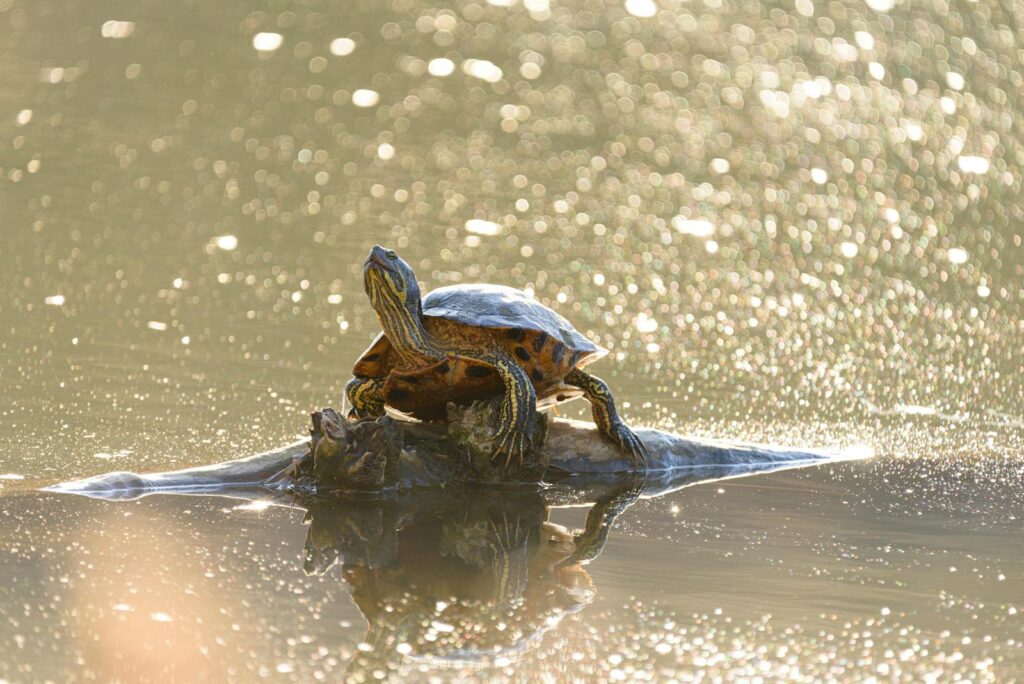
Photographing your turtle during basking sessions creates lasting mementos of your growing relationship and documents their development over time. The relaxed, extended posture of a basking turtle offers perfect photographic opportunities that showcase their unique patterns, colors, and features in natural light. Many turtle owners create dedicated photo collections or social media accounts featuring their basking companions, finding joy in sharing these peaceful moments with fellow enthusiasts. Beyond the aesthetic value, regular photos taken during basking can help track subtle changes in your turtle’s appearance that might indicate health developments or normal growth patterns. Some owners even set up time-lapse recordings of basking sessions, creating fascinating documentation of how their turtles utilize different areas of their habitat throughout the day—a project that deepens understanding while creating cherished visual records of your shared journey.
Incorporating Gentle Interaction
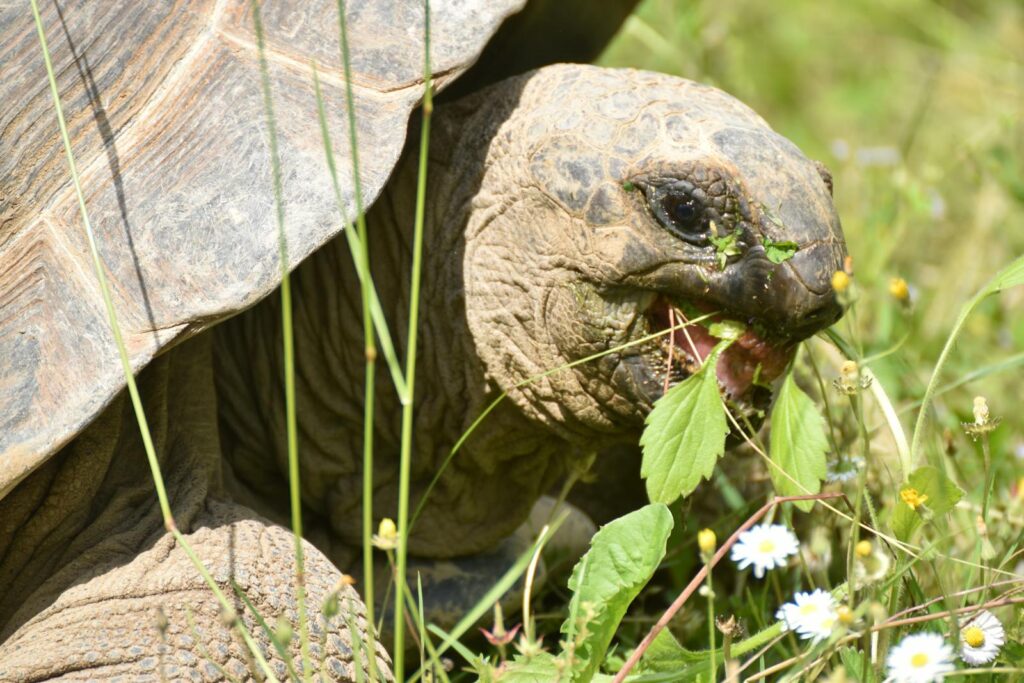
As trust develops through consistent observation, you can gradually introduce gentle interaction during or around basking times. Many experienced turtle keepers find success with a slow-paced approach, perhaps beginning with quietly offering favorite foods with feeding tongs while their turtle is basking. Some turtles eventually become comfortable enough to accept gentle shell touches or even head scratches during their basking sessions, though this varies greatly by individual temperament and species. The key to successful interaction lies in respecting your turtle’s comfort signals—if they retreat to the water or withdraw into their shell, they’re communicating boundaries that should be honored. Patient owners who follow their turtle’s lead often develop special rituals, like offering a strawberry treat at the end of afternoon basking or gently misting their shell on particularly warm days, that become anticipated parts of their shared routine.
Seasonal Variations in Basking Behavior

Observing your turtle throughout the year reveals fascinating seasonal patterns in basking behavior that connect you to their natural biological rhythms. Many turtle species display increased basking activity during spring months as they emerge from winter slowdowns, often spending extended hours soaking up warmth to jumpstart their metabolism. Summer might bring shifts to early morning or late afternoon basking to avoid peak heat, while fall often features strategic, prolonged sessions as turtles prepare for reduced winter activity. Even with controlled indoor environments, many pet turtles retain these innate seasonal patterns, providing observant owners with a window into their evolutionary programming. Recognizing and supporting these natural cycles—perhaps by adjusting basking lamp hours seasonally or providing slightly warmer basking temperatures during winter months—deepens your connection by honoring your turtle’s biological needs and ancient adaptations.
Sharing Basking Stories with the Community

Connecting with fellow turtle enthusiasts about basking observations enriches your experience and provides valuable perspective on your pet’s unique behaviors. Online forums, social media groups, and local herpetological societies offer communities where sharing “basking stories” is welcomed and understood in ways that might puzzle those without reptile experience. Many turtle keepers report finding validation through these exchanges, discovering that what they thought were distinctive quirks of their pet—like a particular stretching pose or preference for basking at specific times—are actually common behaviors with biological significance. Beyond the educational aspect, these communities celebrate the special bond turtle owners develop through observation, validating the meaningful connection that forms during quiet basking sessions. Sharing your experiences might even help newcomers to turtle keeping understand the more subtle joys of reptile companionship that extend beyond traditional pet interactions.
The Lifelong Basking Journey
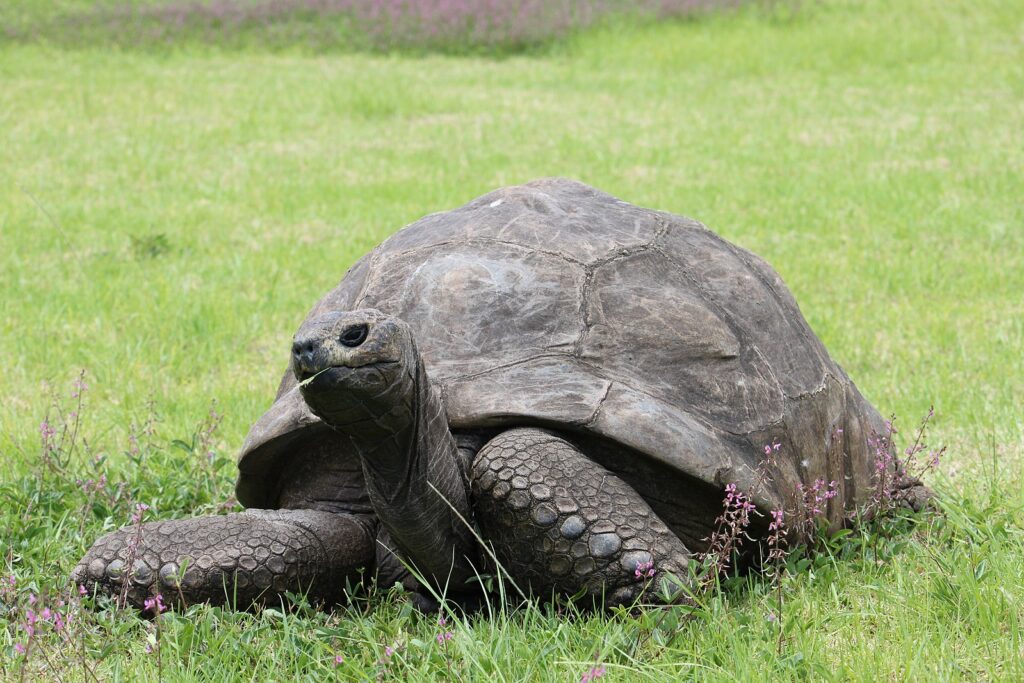
The experience of watching your turtle bask evolves throughout your years together, offering different rewards as both you and your shelled companion age. Young turtles often display more erratic basking patterns as they establish preferences and grow rapidly, providing exciting observations of physical development during these formative years. Middle-aged turtles typically settle into more predictable routines, offering comfort through familiar patterns that become woven into the fabric of your daily life together. Senior turtles may adjust their basking habits to accommodate physical changes, perhaps requiring more frequent or longer sessions as their metabolism slows. Longtime turtle keepers often reflect that watching these changes over decades—some species can live 30+ years in captivity—creates a profound connection to the passage of time and the steady companionship these ancient creatures provide through life’s many phases.
Conclusion

The simple act of watching your turtle bask transforms from a basic observation into a meaningful ritual that deepens the unique bond between human and reptile companion. These quiet moments reveal the subtle language of turtle behavior, their individual personalities, and their response to the environment you’ve carefully created for them. While turtles may not express affection in ways we immediately recognize, the trust developed through respectful observation creates its own special form of companionship. As you share these peaceful basking sessions over years or even decades, you gain not just knowledge about your specific turtle, but also a connection to the ancient, unhurried wisdom these remarkable creatures embody. In our fast-paced world, perhaps one of the greatest gifts our basking turtles offer is the invitation to slow down, observe carefully, and find joy in the simple presence of another living being.

